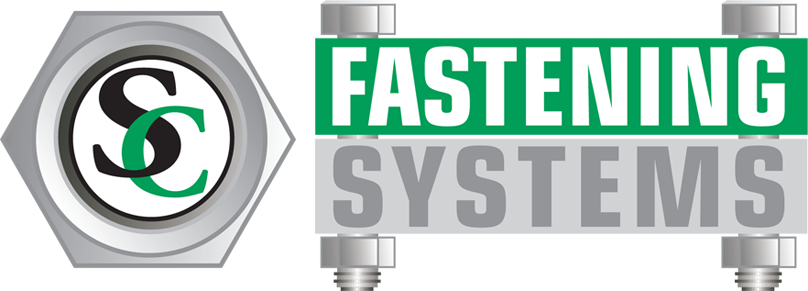Hydraulic Fittings and Their Importance in the Industry
Hydraulic systems are the backbone of countless industrial applications, from construction and manufacturing to agriculture and transportation. At the heart of these systems are hydraulic fittings — the essential components that connect hoses, pipes, and tubes, ensuring the safe and efficient flow of hydraulic fluid under high pressure. Without properly designed and installed fittings, hydraulic systems could not function reliably or safely.
Hydraulic Systems by the Numbers
Typical operating pressure in industrial systems
Global hydraulics market value
System failures caused by contamination or leaks
What Are Hydraulic Fittings?
Hydraulic fittings are specialized connectors designed to join different components of a hydraulic system. They must withstand extreme pressures, high flow rates, and harsh operating environments, all while maintaining a secure seal to prevent leaks. Available in a wide range of sizes, shapes, and materials, hydraulic fittings are engineered to meet specific application requirements.
Key Requirements for Hydraulic Fittings:
Types of Hydraulic Fittings
The most common types of hydraulic fittings include:
Compression Fittings
Use a compressive force to create a tight seal between the fitting and the hydraulic hose or tube. Common in low- to medium-pressure applications.
Flare Fittings
Feature a flared end that connects to a matching flare on the hydraulic line, providing a strong seal that can handle higher pressures.
O-Ring Face Seal (ORFS) Fittings
Include an O-ring in the mating surface, providing an excellent leak-free connection in high-vibration and high-pressure environments.
JIC (Joint Industry Council) Fittings
Widely used in North America, these have a 37-degree flare seat for strong, versatile connections.
BSP and Metric Fittings
Common in international applications, BSP (British Standard Pipe) and metric fittings use either parallel or tapered threads for sealing.
Quick-Disconnect Couplings
Allow fast connection and disconnection without fluid loss, ideal for applications requiring frequent equipment changes.
Banjo Fittings
Feature a hollow bolt and spherical union, often used in tight spaces where directional fluid transfer is needed.
Why Hydraulic Fittings Are So Important
The role of hydraulic fittings in industry cannot be overstated. They:
Ensure System Integrity
By maintaining a leak-free connection, fittings help preserve pressure, efficiency, and safety in hydraulic systems.
Enable Flexibility
They allow for component changes, expansions, and repairs without needing to replace entire hydraulic lines.
️
Withstand Harsh Conditions
Quality fittings are designed to resist corrosion, vibration, and temperature extremes in demanding environments.
⏱️
Prevent Downtime
Reliable fittings reduce the risk of leaks and failures, minimizing costly repairs and production delays.
Industries That Depend on Hydraulic Fittings
Hydraulic fittings are used in a wide variety of industries, including:
Agriculture
For tractors, harvesters, and irrigation equipment.
Manufacturing
For hydraulic presses, automation systems, and assembly lines.
Transportation
For trucks, buses, and railway systems.
Hydraulic Fitting Selection Criteria
Conclusion
Hydraulic fittings may be small components, but they play a massive role in the safety, efficiency, and performance of hydraulic systems. Choosing the right fittings — and maintaining them properly — is essential for keeping equipment running smoothly and avoiding costly downtime.
Remember: The right hydraulic fitting can mean the difference between reliable operation and catastrophic system failure.
Source Quality Hydraulic Fittings with SC Fastening Systems
At SC Fastening Systems, we understand that hydraulic system reliability starts with quality components. We stock a comprehensive range of hydraulic fittings from trusted manufacturers, including JIC, ORFS, compression, and quick-disconnect options.
Whether you’re maintaining existing equipment or designing new hydraulic systems, our technical experts can help you select the right fittings for your specific pressure, flow, and environmental requirements. Contact our hydraulic specialists today for personalized recommendations and competitive pricing.
Technical guidance for optimal fitting choice
All major fitting types an
